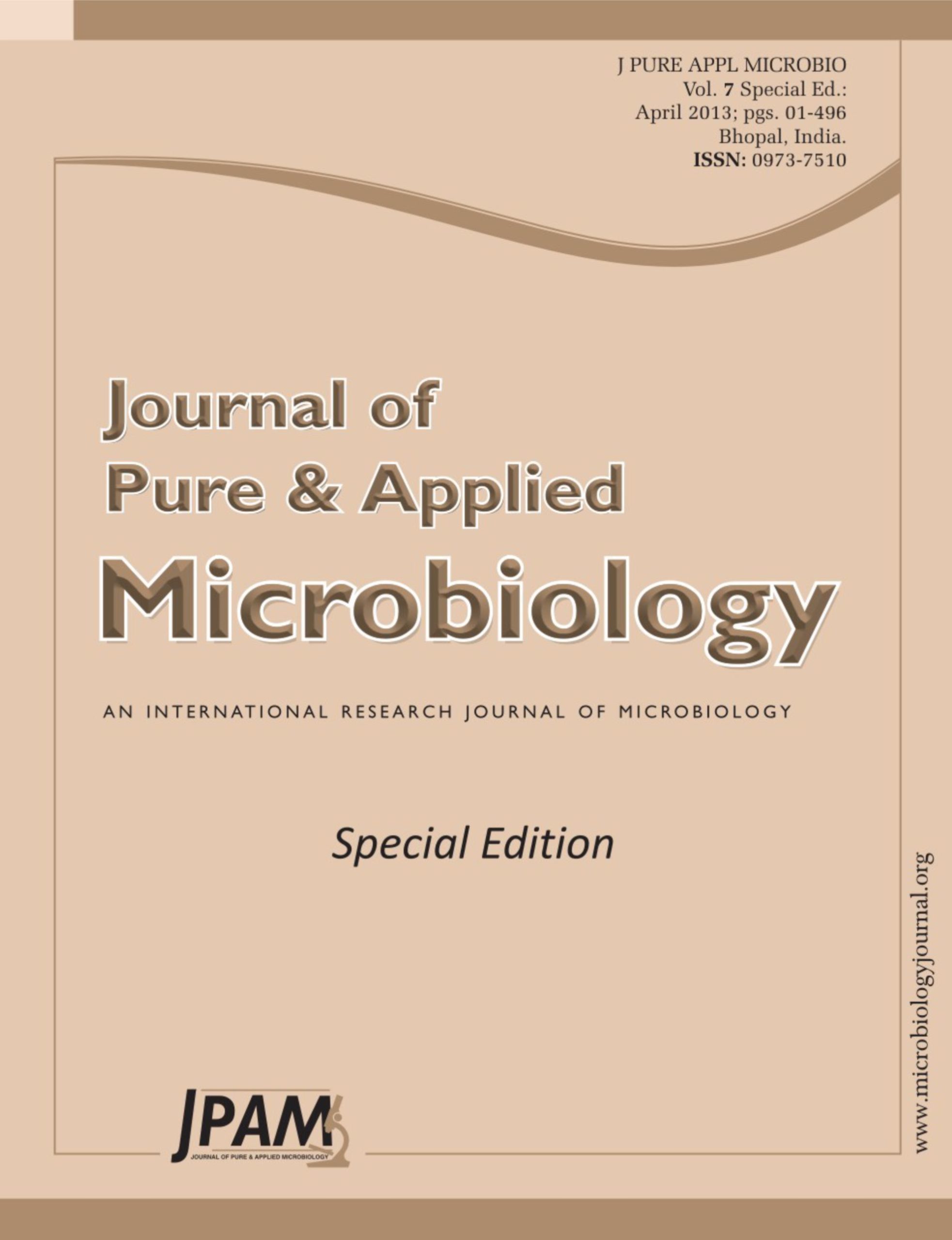Although water has the central function of the bloodstream in the biosphere especially in arid or semi-arid regions such as Yanhe watershed in northwestern China, yet the very limited attention is paid to the role of the water-related processes in ecosystem. In this research, based on continuous 30-year weather condition report data and 10-year soil water content data in Yanhe watershed, a comparatively accurate method for measuring the minimum, moderate and maximum ecological water requirement of plant-soil landscapes has been put forward by using experiential models and GIS spatial analysis. Additionally, the change characters of ecological water requirement have been addressed from spatial-temporal dimensions. The results show that: (1) In Yanhe watershed, the ecological water requirement of plant-soil landscapes is more in summer than in other seasons; (2) The landscapes of ecological water presenting highest requirement are forest-cohesive loam, forest-loam and forest-sandy loam, while the landscapes of ecological water presenting lowest requirement are grass-sandy loam, grass-loam and grass-cohesive loam; (3) The mean annual precipitation in Yanhe watershed can only satisfy the minimum ecological water requirement, but cannot meet the moderate and maximum ecological water requirement.
Plant-soil landscapes, Ecological water requirement, GIS spatial analysis, Yanhe watershed
© The Author(s) 2013. Open Access. This article is distributed under the terms of the Creative Commons Attribution 4.0 International License which permits unrestricted use, sharing, distribution, and reproduction in any medium, provided you give appropriate credit to the original author(s) and the source, provide a link to the Creative Commons license, and indicate if changes were made.


